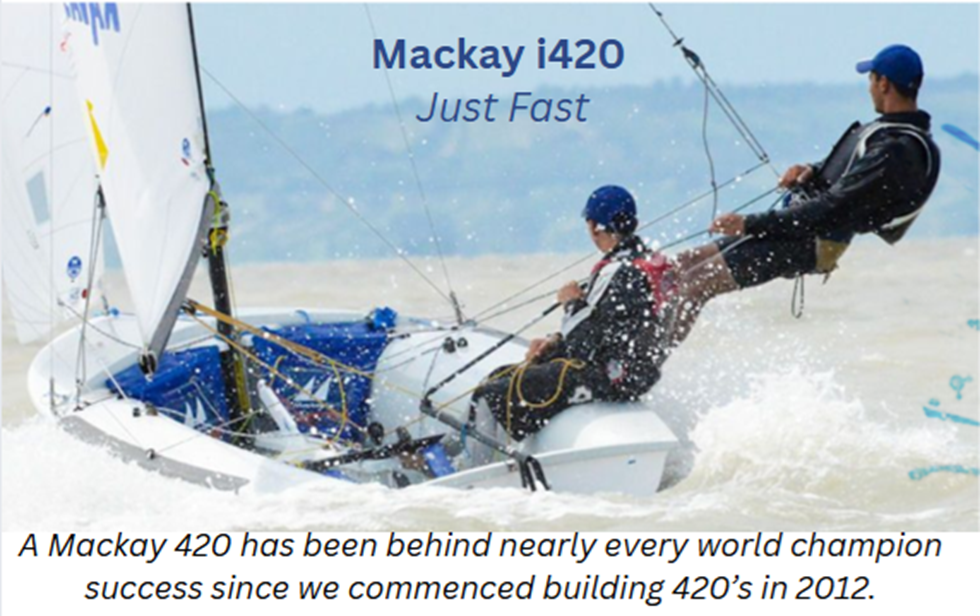By Airwaves Reporter Renee DeCurtis
The Treasure Island Sailing Center and UC Berkley hosted the annual Stoney Burke college regatta October 15-16 in San Francisco California. Twenty four college teams traveled from all areas of the west coast including the University of Hawaii and the University of Puget Sound who traveled the farthest. The Stoney Burke regatta is the final stop for the Pacific Coast Collegiate Sailing Conference fall schedule. The competition at this event is always deep as many of the participants have grown up sailing against each other since their junior sailing years throughout the United States. “My favorite part of sailing in college regattas is the ability to compete at a high level, especially against sailor’s that I grew up with”, stated one A division skipper.
Untypical to bay area weather the conditions were ideal on Saturday with clear skies and great breeze. Sunday’s weather was a bit more usual for the area’s winter conditions with grey skies and lighter winds, but it still made for a great venue as the Treasure Island Sailing Center is perfect for spectating.
The University of Hawaii at Manoa took advantage of the ideal conditions and walked away from the regatta with the big win for the third year in a row. With a total of 59 points in A division and 48 in B division, the Rainbow Warriors topped the results with a total of 107 points for the win. “More than a couple teams, this time, came into the regatta thinking they could win, which made the competition exciting”, stated the first place skipper in A division Adam Pokras from the University of Hawaii. Pokras, originally from Marina Del Rey California, and crew Cienna Patmont focused on consistency to keep their team on top. Pokras credits his success over the weekend to being conservative, “Throughout the weekend we had a very conservative game plan. We tried for conservative starts, and conservative fleet management. Our scores weren’t phenomenal, but they were consistent. We just tried to control what was controllable”. UCLA’s Judge Ryan, who grew up sailing in San Diego, gave the Hawaii Warriors a run for their money with multiple top ten finishes to give him and his crew, Amy Stuyvesant, second in A division. Other teams finishing in the top ten in A division included, UCLA (68), USC (71), USC Women’s (75), Cal Maritime (78), UCSB (79), Stanford (80), U of Oregon (88), CSU Channel Islands (96), and U of Washington (98).
The UC Santa Barbara Gauchos B division team of Nicholas Kaschak and Kimberly Sultz sealed the deal to win the division with all but one of their finishes being single digits. Michael Hanson and Taylor Nidds from the University of Hawaii finished second in B division with 48 points to solidify the overall win for the Rainbow Warriors. Rounding out the top ten in B division starting with third place, Cal Maritime (56), USC (61), USC Womens (70), U of Oregon (71), Stanford (100), Chapman University (125), tying for 10th was UCLA (127) and UC Berkley (127).
As is each college regatta, the individual division results are combined for overall scores. The results of this regatta are important since those finishing in the top of the fleet get first pick at which east coast regattas they wish to travel to in the spring. The Rainbows and Gauchos will have first pick at the most popular east coast events. Other teams placing in the top ten included, USC in third with a total of 132 points, Cal Maritime (134), USC Women’s (145), U of Oregon (159), Stanford (180), UCLA (195), U of Washington (239), UC Berkley (267)
The next big event for west coast college sailing will be in the Aloha state at the University of Hawaii annual Peter Wenner Memorial Regatta held at Keehi Lagoon in January 2012. Starting in the spring, all if not most of the west coast teams will begin their battle to qualify for the Inter-Collegiate Sailing Association College Sailing Nationals. The road to nationals is always a difficult one, but to have the chance at participating in one of the most competitive sailing events in the world is well worth all the hard work and traveling. Stay posted as Sailing1design will continue to report on all the action leading up to nationals at the University of Texas in May/June 2012.
Full Team Results are posted below…
Smooth Sailing!
Renee DeCurtis
Stoney Burke
- Berkeley
- October 15-17, 2011
- Intersectional Regatta
- FJ




